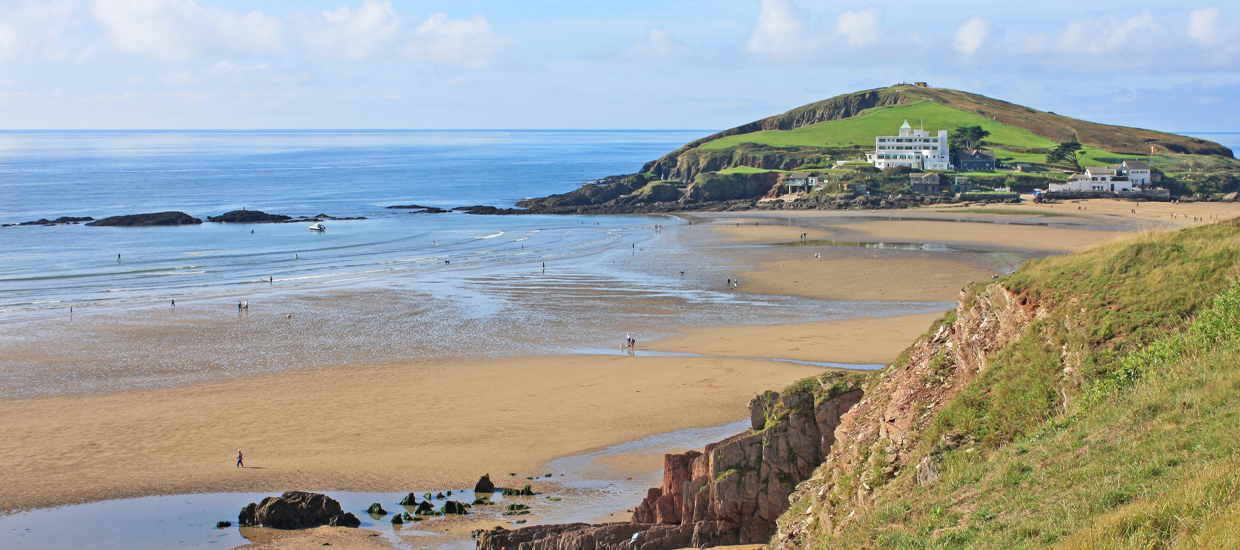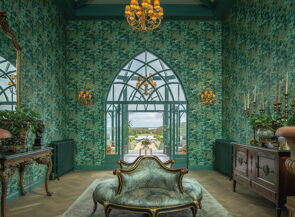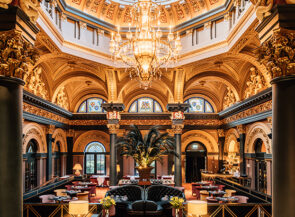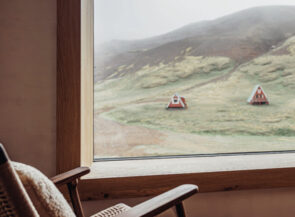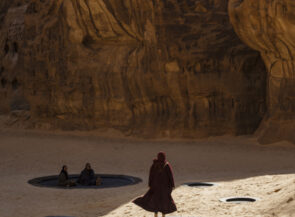Searching for evidence of the world’s favorite crime writer on a road trip from London to Devon
Agatha Christie’s The Mousetrap is slated to open on Broadway for the first time ever this year. In anticipation of the landmark show, I’ve decided to investigate some of the great mystery author’s favorite places in her native England.
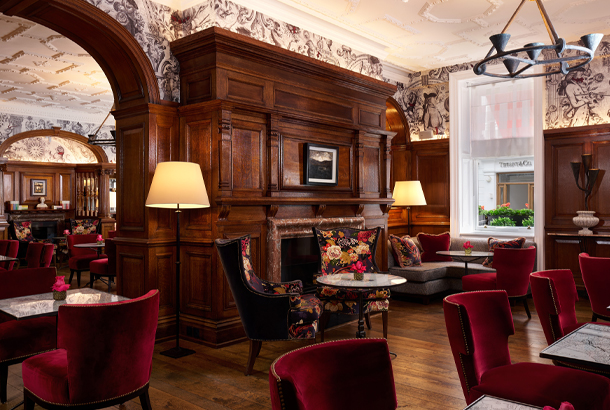
I start in London’s West End, by taking in a matinee performance of The Mousetrap—which first opened here in 1952 and remains the world’s longest-running play—at the St. Martin’s Theatre. Afterward, I head to my accommodations, Brown’s Hotel in Mayfair, which is thought to be the inspiration for the Christie novel At Bertram’s Hotel. The author wasn’t the only literary light who appreciated the elegant aesthetics here: Other esteemed guests have included Rudyard Kipling and Mark Twain. I imagine they all enjoyed The Drawing Room’s exquisite afternoon tea service, which leaves me so satiated I cancel my evening’s dinner reservations.
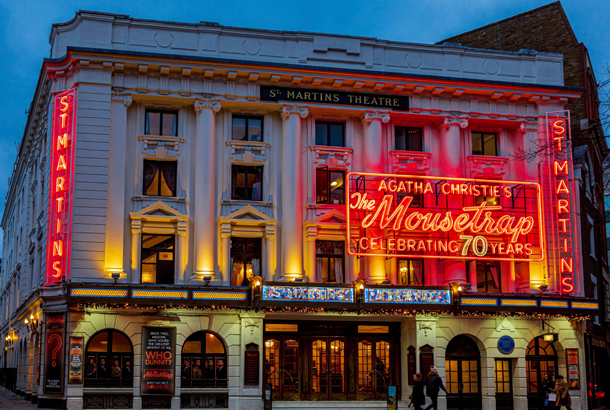
The following morning, the valet promptly delivers my Morgan Plus Four, a thoroughly British convertible that oozes 1950s character from every hand-finished panel. (It’s easy to imagine Hercule Poirot driving one.) Roof folded, I head down the busy A303 toward Devon county, where the Queen of Crime spent most of her life.
I pass Stonehenge, the scenic Blackdown Hills, and Exeter on my four-hour drive to the English Riviera. Christie was born in the seaside town of Torquay in 1890, and in 1938 she bought the nearby Greenway House to use as a summer home.
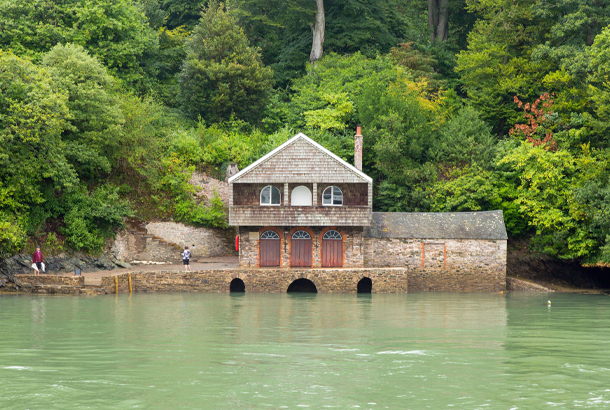
My first stop is that old holiday retreat, which is now owned by the National Trust. I enjoy a quick tour of the estate, set on a wooded hillside above the River Dart, and the house, which is dotted with artifacts from digs Christie went on with her archaeologist second husband, Max Mallowan. The highlight of my visit is seeing the boathouse, a seemingly tranquil spot that was the scene of the crime in Dead Man’s Folly.
Another hour down the road brings me to Christie’s favorite weekend escape, Burgh Island Hotel. I cross the breakers to the island on the property’s 1969 Sea Tractor (the designer was paid with a case of Champagne), taking in magnificent views of the landmark Art Deco property from the raised, motorized platform. The Burgh still hosts regular murder mystery weekends, and while I’m not lucky enough to catch one of those, I do go for a bracing dip in the hotel’s outdoor pool, which Christie—who often stayed in a beach house nearby—frequented herself.
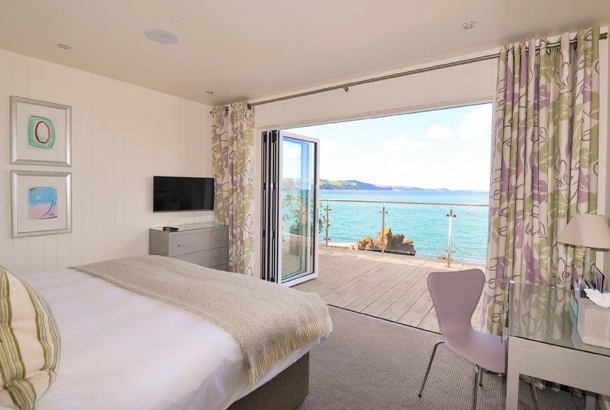
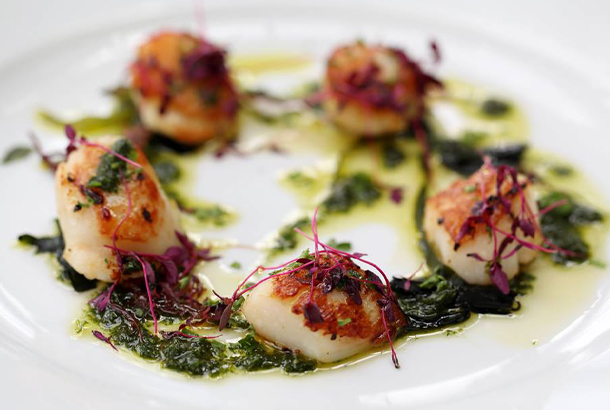
As idyllic as Burgh Island is, I’m not staying the night. Instead, I double back to The Cary Arms & Spa, an inn perched on a rocky outcrop on Babbacombe Bay, near Torquay. The steep lane down to the front door isn’t for the fainthearted, but the hotel restaurant rewards my bravery with moules frites and sautéed scallops, which I enjoy in front of a roaring fire. The only thing cozier than that dinner setting—aside from an Agatha Christie mystery, of course—is the charming beach hut where I lay my head down for the night.
The Car
The Morgan Plus Four
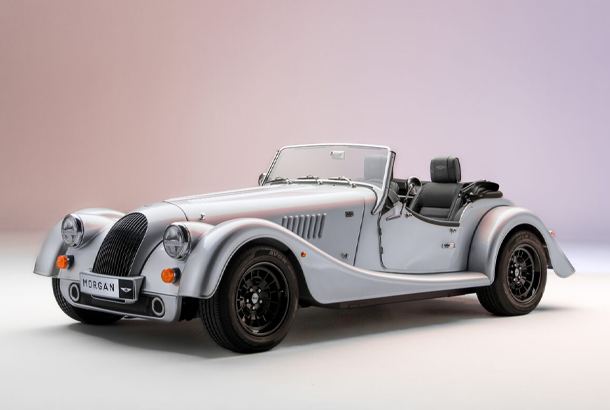
The two-seat Morgan Plus Four convertible is arguably the quintessential British sports car. The roadster’s iconic silhouette—a gloriously curvy body shell attached by hand to a wooden framework—has been gracing roadways around the U.K. for more than 70 years. Don’t be fooled by the retro styling, though; the 4-cylinder, twin-turbo, BMW-made engine the Morgan Motor Company now employs rushes this lightweight vehicle from zero to 62 in 5.2 seconds. If all that’s not enough to get you excited, the Plus Four is about to cross the pond for the first time: It’s anticipated to go on sale in the U.S. early next year.
From an estimated $85,000, morgan-motor.com
